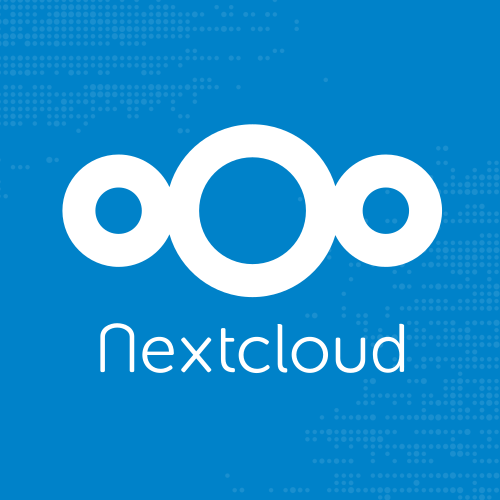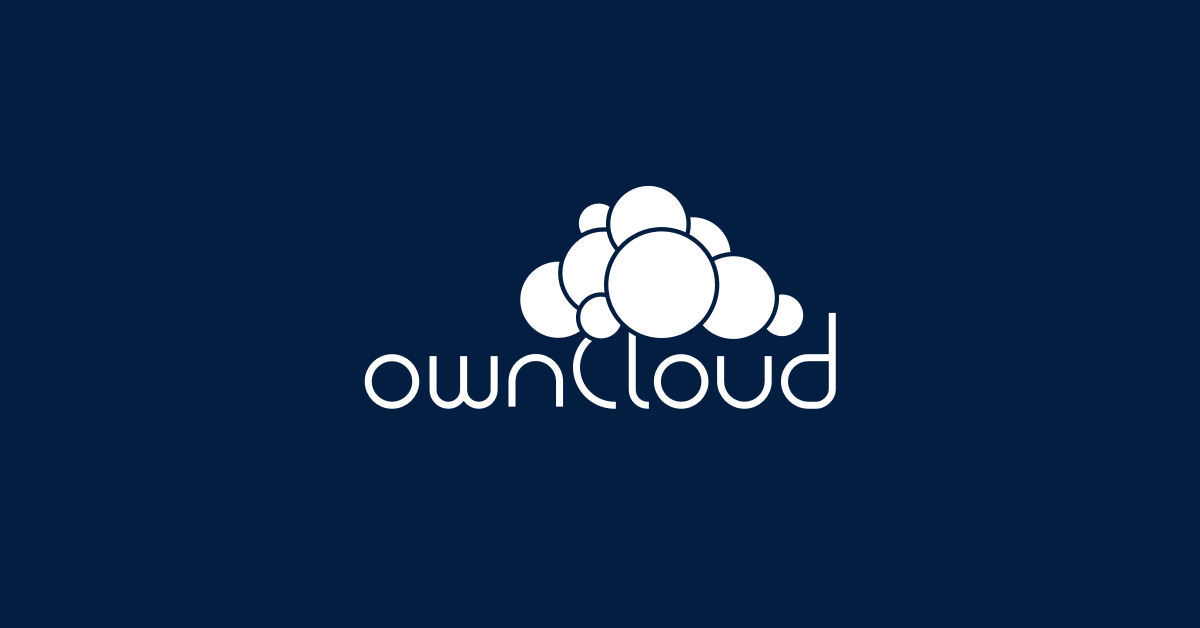For now, yes. You actually believe that will continue to be that way in 12 - 18 months?
Brownian Motion
¡ɹǝpun uʍop ɯoɹɟ ʎɐppᴉפ
- 4 Posts
- 22 Comments

 7·3 months ago
7·3 months agoIt’s in their docs. https://docs.nextcloud.com/server/latest/admin_manual/installation/index.html
Follow the pages one by one, (ie install php modules etc, edit settings, install apache2, edit settings, etc etc). Follow the recommendations (eg. PHP8.2, don’t try to use bleeding edge).
You’ll be running in no time, and have a properly updatable system using apt, and the nextcloud ./occ command.
I would recommend using Debian 12 over Ubuntu variants. There are other guides, like this: https://www.digitalocean.com/community/tutorial-collections/how-to-install-and-configure-nextcloud But you may have to “convert” some of the Ubuntu specific stuff to Debian, but actually there is probably no difference (php module naming convention maybe? Is that still a problem today?)

 17·3 months ago
17·3 months agoTbh, get a Brother printer for any OS. At least they don’t buy into the shitfuckery that HP and others do with ink and firmware updates.
Did you read someone else’s post, and decide to get on this bullshit “gatekeeping” bandwagon? You’re a misinformed malcontent. spew you copypasta bullshit elsewhere.
okay Judge Dredd. Because you make the difference to the Linux world. piss off back to whatever OS you were using before you “discovered Linux” 6 months ago.
sudo apt install lynx
Linux users that use the software store are not Linux users. The store is only there for your mum and dad.

 4·6 months ago
4·6 months agoI find Joplin perfect for my needs. Markdown, embedding images, links etc. I sync to my selfhosted nextcloud.
I like tags, I would like them to add a “directory tree” type of view to help sort “folders” (the thing they call “notebooks”) but only because I am more used to just filesystem type structured filing. But the notebooks and tagging idea works for me too.
I strictly use it for notes/note keeping, in particular “HOWTO’s” and specific topic notes. So I dont even do a great deal of markdown in my notes, but I love the ability to add screen captures etc to them for clarity.
And being on nextcloud, I can access those notes anywhere on any device, PC, Android, Raspberry Pi!! Joplin has an app for all of them

 11·7 months ago
11·7 months agotbh nextcloud barebones is great. I don’t use it for a full system (as in cloud).
I use it for notes (Joplin is the app on all devices/pc) NC is just its storage/distribution location. Same thing goes with bookmarks (Floccus is the addon, available to all devices/browsers). This is what makes it great.
Next is that I have files / pics on NAS storage, but I can make “external shares” available via NC. So NC is still tiny, but I can see everything I want on my massive NAS.
Using NC properly can be a super useful tool. But there are things to avoid, unless you have huge processor and storage. For example sharing photos. There are much better options than NC offering (Librephotos).
I use LLLM on NC, (because I can) and its pretty good. more than enough for Q&A. It wouldn’t beat GPT3.5 but its on par. However you suddenly need 8+GB ram and 4-8 threads to be “responsive” to one user. Fun though!
I do have docserver, fulltextsearch apps and then onlyoffice installed (as a separate VM) so I can actually edit office documents on the fly and its nice, but again I have offloaded it to another VM. so NC stays small and only has the “connector” to the onlyoffice VM.
Its worth it to me for cross platform and pc/compute devices for the bookmarks and notes alone! everything else is just sugar on top!

 2·7 months ago
2·7 months agoI agree that many of these articles leave a lot to be desired.
The key points are that Kiteworks (formally Accellion, Inc) is an American corporation. They are not into doing things for free, they charge like a wounded bull.
DRACOON (also security conscious enterprise file exchange) and ownCloud mergers into Kiteworks. So what will happen in the future? Well immediately nothing, they will probably continue a ‘community’ version.
I would think that things like MS integration might become paid only (if its not already) because companies need to make more money. Who knows, they might scrap it as open source too. ownCloud is now at the mercy of a corporate business.
The optimist in me wants to believe ownCloud might get a boost in resources and become more secure as a result of its new management, but my optimism is always reminded of every other time open source has been taken over (eg: pfSense).
The only other thing is DACH market, which is basically the German speaking market. Germany, Austria and Switzerland. Its no surprise they are targeting that area really.
I know this is not useful for most use cases, but if you login to the desktop on the ‘remote Wayland’, locally first then RD will work as expected. So if you can change the behaviour of the remote desktop to stay unlocked (IE its in a secure place where others cannot just access the device), then and RD will work with Wayland.
I use NoMachine (since I manage all sorts of devices, and its nice that there is a client and server for everything including phones/arm) and it works for me because many of the machines are actually VM’s and I can keep the desktops unlocked and logged in. NoMachines solution for Wayland - is to disable it and use X11 !!
But I wish many of the RD developers would just embrace Wayland and add/rewrite code to support it (If it is in their scope, I don’t know) It might not be, since I am aware of Waypipe and Pipewire, but I’d assume that RD devs would still need to include support for that.
Resources is a nice aio flatpak for system monitoring.


 8·8 months ago
8·8 months agohttps://support.lenovo.com/au/en/solutions/ht036206-types-of-password-for-thinkpad
Reset forgotten supervisor password
If you forget your supervisor password, Lenovo cannot reset your password. You must take your computer to a Lenovo Service Provider to have the system board replaced.

 3·8 months ago
3·8 months agoI miss SPARC, from Sun microsystems.
Make it happen :)
https://awesome-selfhosted.net/
libre translate maybe? There are several on the list.

 24·8 months ago
24·8 months agoThats not how it works.
You have a LAN and hopefully you have a firewall that shields your LAN from WAN. Your fw is probably handing out DHCP lease IP (like 192.168.x.y)
When you “bridge” your VM looks like an independant device on you LAN. Nothing at this point has allowed it to the public. Your dhcp can even give it an IP (but its probably better to set a static ip). In bridge mode, a "fake mac is spoofed alongside you nic’s real mac, and only for said VM)
At that point the VM id accessible likr any other device on the LAN.
if you then want to use vpn, just connect to your LAN however that works(vpn to computer or vpn to firewall/vpn server) and access.
if you want to access from WAN without vpn, then you need to understand reverse proxying and youll need a full proper firewall\gateway device at the front of your network (like OPNsense).

 1·8 months ago
1·8 months agodeleted by creator

 15·9 months ago
15·9 months agosheesh, I didn’t make the meme. Tell your story walking.

 27·9 months ago
27·9 months agoI guess this flowchart selects Kali intelligently!





31 branches? uh… okay.